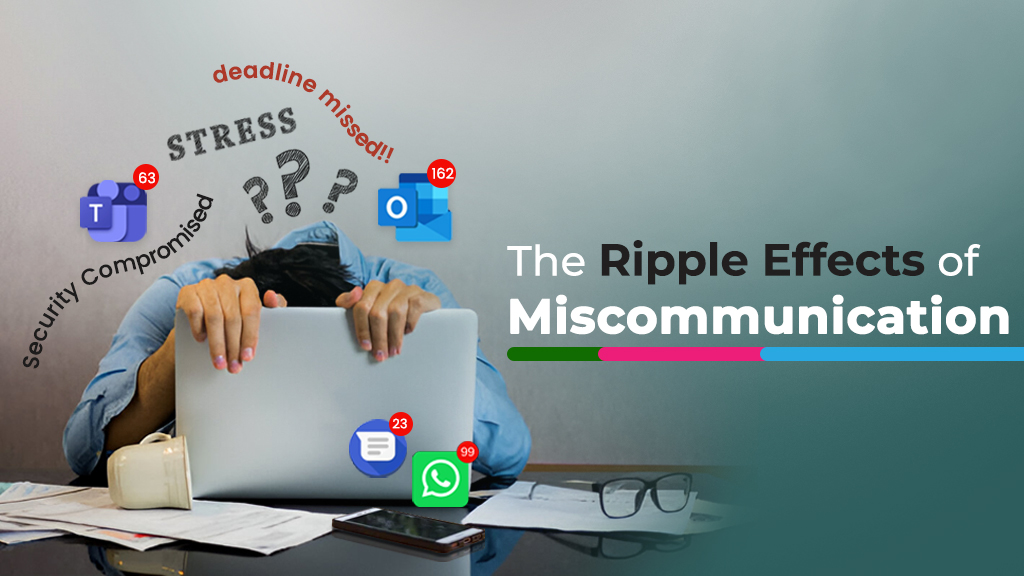In the last article, we spoke about how app developers can get the best out of their products by localizing it, thereby making it fit for the global market. Now let us try to enumerate the ways in which localizing an app can be performed.
Before beginning with the localization, every developer needs to make sure their app is ready to be localized. How do you do it? Internationalization is your answer.
What is Internationalization? How does it differ from Localization?
Mobile app internationalization and localization is not the same thing. Even though one depends on the other, these are two separate processes that demand different approaches. Internationalization, in simple words, is customizing the code so that the app may be modified and released in multiple languages. Internationalization is usually performed in parallel with the app development process.
The basic way to differentiate between the two is by understanding that while on one hand internationalization is all about customizing the code of the app, localization, on the other hand, is all about customizing the content of it.
Selecting the Target Markets
According to studies the only localized apps that tasted global success, are the ones who had their targeted specific markets. Localizing your application would definitely make it ready for global deployment, but that does not mean one can expand anywhere and everywhere.
It is to be kept in mind that customizing an app for a particular locale involves a lot of cost and effort. So, it is always wise to first conduct market research and find out specific regions or countries that would help your app reach higher engagement.
Checking the Analytics from Time to Time
For mobile applications that have already been released and have a proper user base, developers need to look at the app analytics to understand possible growth directions. It is important to locate dedicated users and the countries they belong to in order to increase the traction.
Reading User Reviews
A great way to find out prospective locale or market is by following user reviews of your application. It is important to know what different people from different regions of the world have to say about your app. This will help in understanding which one would be a great region to expand.
Also, it is important to look for requests for a particular locale or resolve issues highlighted by the existing ones. Going through the review section indeed helps your team to make more effective decisions.
Competitor Analysis
One more way of understanding which markets to proliferate is by checking out what your competitors are doing. There are numerous tools available that would help you get the statistics about your competitors and gather ideas as to how they are performing in their respective markets.
App Annie is one of the top-performing applications in this category. The data that you get after the research helps you to understand which market would help you to perform better.
Markets are Different, and So Are Demands
If you are an app developer and you wish to make some big bucks with your product, then it is crucial for you to understand the different markets and the various demands shooting out from each. Without being able to get a complete understanding of the demands, it would not be a wise plan to enter a new market.
Looking for Professional Translators
It is very important to understand that in order for your application to perform well, Google Translate can never be an option. It is always better to hire professional help. Professional translators can actually help you save more time and deliver effective results. Translators also help in modifying the content so that anything that sparks off a cultural problem can be negated or modified.
You may also get in touch with a translations management system or sometimes referred to as the localization management system – who’ll help you to get connected with professional translators whom you can hire based on your requirement.
Localizing the App Store Content
Often times, app developers forget to localize the content on the App Store or Play Store. It is to be kept in mind that the app page on the various stores is actually the first point of contact with prospective users. Not localizing your app store content might drive away users, even if your app content has been localized.
To conclude, it is a fact that localization involves a wide array of processes. But we should keep in mind that no pain equals no gain. Successfully localized apps have experienced increased download rates. So, if you are planning on localizing your application, these would be the primary things you should keep in mind. All the best!!







